Christmas, a celebration imbued with joy, love, and togetherness, has different interpretations and observances around the globe. Yet, few regions add a layer of charm and uniqueness to it like Scandinavia. The Northern European countries of Denmark, Norway, and Sweden offer a Christmas experience that is distinct, historical, and deeply rooted in local traditions. The vivid history of Scandinavian Christmas allows insight into a rich cultural evolution, stretching from ancient pagan winter solstice celebrations to contemporary customs and practices. Decorative Christmas stars, advent calendars, Lucia, and the infamous Yule Goat, for instance, offer a peek into the enchanting heart of Scandinavian Christmas culture. Not to mention the mouthwatering traditional meals that accompany the holiday season, such as Julbord and Risgrynsgrot, and the soothing warmth of Glögg. This deep dive into Scandinavian Christmas explores the historical backdrop, fun customs, food, and the global influence of these beloved traditions.
Historical Background of Scandinavian Christmas
Origins of Scandinavian Christmas
Scandinavian Christmas, or Jul (pronounced ‘yule’), has roots in pre-Christian times. Unlike other cultures where Christmas is relatively new, Scandinavia has been celebrating Jul for millennia. It was originally celebrated as a midwinter festival by the Norse and other Germanic peoples. The celebrations involved feasting, drinking, and sacrifices to the Norse gods, particularly Odin.

Influence of Christianity on Scandinavian Christmas
The advent of Christianity in Scandinavia drastically altered the nature of the celebration. The aggressive evangelism of Christian missionaries during the Middle Ages gradually replaced the pagan elements of Jul. Priests introduced the story of the birth of Jesus Christ, and by the 12th century, the festival had been re-purposed to commemorate the birth of Christ, aligning it with the Christian concept of Christmas.
Evolution of Scandinavia Christmas Traditions
Scandinavian Christmas traditions also have a blend of ancient customs with Christian elements. Over time, the customs of feasting and celebrating have been preserved, with a strong emphasis on family and ‘hygge’ – a Scandinavian concept of coziness, relaxation, and togetherness.
In several Scandinavian countries—including Norway, Sweden, and Denmark—Christmas Eve, rather than Christmas Day, is the key focal point of Christmas celebrations. Scandinavian Christmas typically involved the slaughtering and preparation of a pig—symbolizing prosperity and good fortune. Other traditions included yule logs, candles, and door-to-door caroling, which were initially part of the Jul festival but were later Christianized.

The Sankta Lucia (Saint Lucia’s Day) parade, where a girl crowned with candles leads a procession, is a popular event in Sweden and some parts of Finland. Originally celebrated by a saint in Sicily, this tradition was integrated into Scandinavian folklore around the 19th century.
Role of Scandinavian Folklore in Christmas
Norse folklore and mythology also play a significant role in Scandinavian Christmas. The household gnomes of Nordic folklore known as ‘Tomte’ in Sweden, ‘Nisse’ in Norway and Denmark, and ‘Tonttu’ in Finland—were originally considered household spirits that could either assist or put obstacles in the everyday life of rural dwellers. Gradually, they were integrated into Christmas folklore, becoming gift bearers similar to Santa Claus in America.
However, the household spirits are depicted in a more traditional and fairy-tale manner, usually as small, elderly men with red caps. Their popularity has endured, and they play a vital part in Scandinavian Christmas celebrations even today.
The Continuous Evolution of Scandinavian Christmas
The celebration of Christmas in Scandinavia has been significantly impacted by the tides of modern influence. With globalization opening doors to diverse cultures and traditions, changes have inevitably been woven into the seasonal proceedings. Yet, Scandinavians have skillfully merged these fresh customs with their time-honored traditions, keeping the essence of Christmas focused on familial togetherness and an abundant feast. This skillful balance creates a compelling blend of old and new within the Scandinavian Christmas celebration.
An enduring tradition is the ‘Julotta’, a sacred church service held before dawn on Christmas day. This important event is both solemn and joy-filled. It provides a moment for the whole community to unite and celebrate together.
More recent traditions such as decorating Christmas trees, adding twinkling lights, and placing gifts beneath the tree are now prevalent parts of a Scandinavian Christmas. This evolution results in a fascinating intermingling of ancient customs layered with contemporary practices.
Even as the focus on the religious elements of Christmas may have lessened, its cultural and social importance remains unshaken. Christmas in Scandinavia is still a time of celebration, companionship, generosity, and hygge — a cherished season that brings light and warmth to the dark, chill winter.

Popular Scandinavian Christmas Traditions
The Significance of Christmas Stars
One common yuletide tradition in many Scandinavian countries is the Christmas star that graces windows, casting a warm, cheery glow through the long winter nights. This star is a symbolic representation of the Star of Bethlehem, a key figure in Christian tradition. The practice of crafting these stars varies, with some families choosing to create them from straw or paper while others prefer twinkling lighted star ornaments.
This tradition not only brings a festive radiance to homes but also serves as a reverent acknowledgment of the holiday’s religious origins. As such, a wide range of star designs are readily available in many Scandinavian stores, catering to those who want to partake in this heartwarming holiday ritual.
Advent Calendars
Counting down the days until Christmas is a universal practice, a tradition that Scandinavian countries celebrate using Advent calendars. But instead of cardboard or chocolate calendars commonly seen elsewhere, Scandinavian Advent calendars often contain small gifts or activities. This allows families to build excitement for Christmas by opening a new surprise each day. Some calendars might even contain a holiday story told across the days of advent to teach children about Christmas traditions and values.
Santa Claus, Julenissen, and the Yule Goat
Throughout Scandinavia, there are slightly different interpretations of the Santa Claus tradition. In Norway, for instance, Santa Claus is known as “Julenissen.” He visits on Christmas Eve, delivering gifts under the tree. In contrast to the jolly Santa figures seen in American culture, Julenissen is a more mischievous figure, requiring a bowl of porridge on Christmas Eve to prevent any holiday pranks.

In Sweden, the figure of the Yule Goat, or “Joulupukki,” predates Santa Claus. Initially, this character terrified children, demanding gifts instead of giving them. However, over time, this character evolved into a more Santa-like figure, delivering gifts to children. This ancient pagan symbol of the Yule Goat still adorns many Scandinavian homes during the holidays, usually as a straw ornament.
Lucia Day
On December 13th, Scandinavians celebrate Lucia Day, a festival of light in the dark winter season. This day honors Saint Lucia, a martyr who brought food to persecuted Christians hiding in Roman catacombs. As the story goes, in order to carry as much food as possible, she wore a crown of candles on her head to light her way. Today, young girls across Scandinavia participate in processions, wearing white gowns symbolizing purity and crowns adorned with candles. Boys participate as well, wearing pointed hats and carrying star-tipped wands.
Scandinavian Christmas traditions are a vibrant mix of unique customs and festive celebrations, embodying a rich cultural history and a profound appreciation for the holiday season.
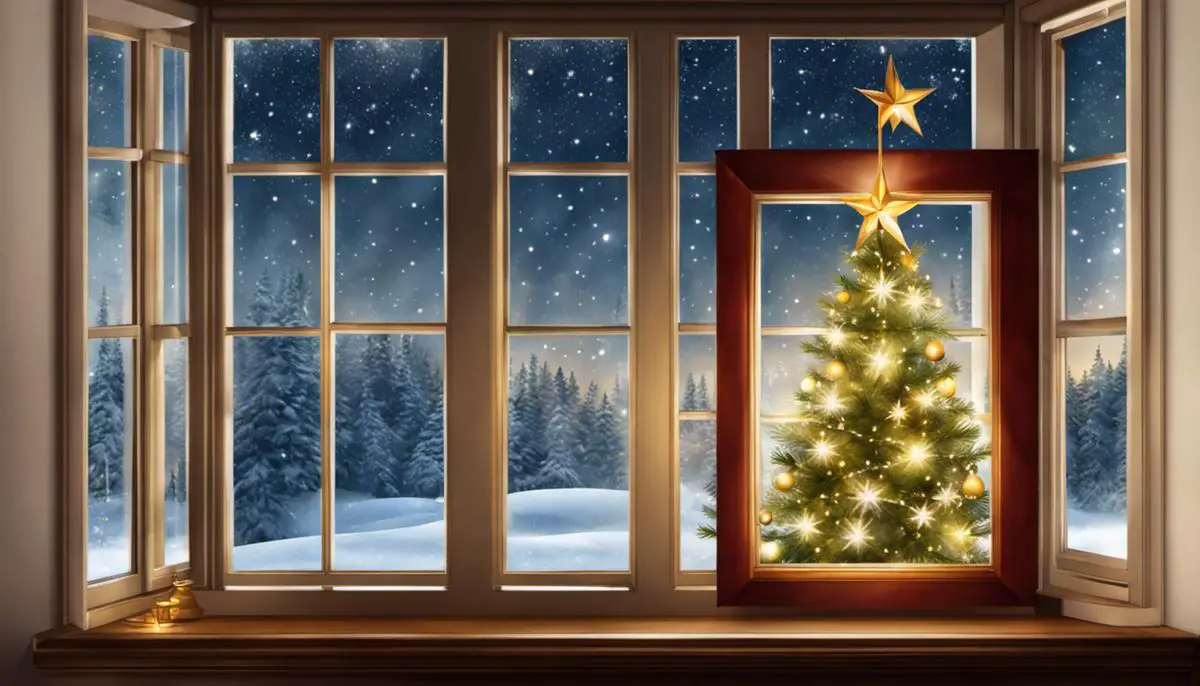
Scandinavian Christmas Food and Drinks
The Iconic Scandinavian Julbord
At the heart of a typical Scandinavian Christmas is the ‘Julbord’, or ‘Christmas table’. This impressive buffet feast often features up to seven different varieties of herring. Although originating in Sweden, Julbord is now a beloved tradition across the region. The table is laden with both cold and hot dishes, from variously served pickled herring, smoked eel and ‘gravlax’ (a specialty of dilled, cured salmon), to liver pate, boiled and roasted potatoes, Christmas ham, meatballs and sausages. A range of vegetables, like red cabbage and beetroot salad, as well as cheeses, bread and butter round out the main course.
Risgrynsgrot: A Christmas Staple
‘Risgrynsgrot’ or ‘Rice Porridge’ is a special Scandinavian dish prepared during Christmas. This creamy, sweet dish is cooked slowly over low heat and is often served with a dab of butter in the center and a sprinkle of cinnamon and sugar. A key part of the tradition is to leave a portion of the porridge for the ‘Tomte’ or ‘Nisse’, domestic sprites who protect the home and its residents, as a gesture of goodwill.
Scandinavian Breads and Pastries
Breads and pastries form a vital part of a Scandinavian Christmas spread. ‘Julekake’ or ‘Christmas bread’ from Norway is a rich, sweet loaf dotted with candied fruits and cardamom. Another sweet bread, ‘Pullapitko’, or Finnish Christmas Bread, is braided and baked to golden perfection. ‘Pepparkakor’, or Swedish ginger cookies, are also a staple, often decorated and hung on the Christmas tree.
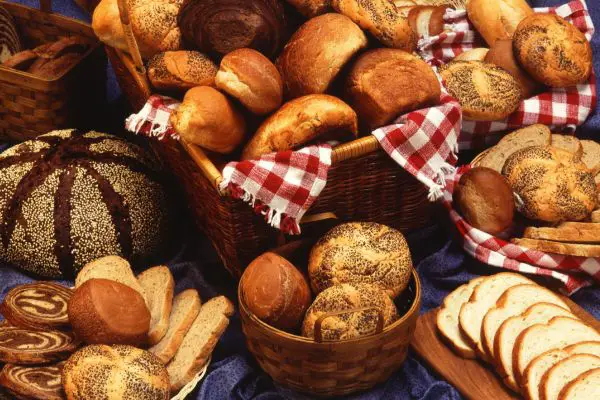
The Sweet Treat of Lefse
‘Lefse’, a traditional Norwegian flatbread made from potatoes, flour, butter, and cream, is another holiday favorite. It is typically rolled up with butter, sugar, and cinnamon inside, though it can be filled with a variety of sweet or savory options.
Glögg: The Iconic Christmas Drink
The traditional Christmas drink across Scandinavia is Glögg, a spiced, often alcoholic, mulled wine that’s served hot. Filled with flavors of cloves, cardamom, cinnamon, and ginger and often made with red wine, Glögg is typically served with raisins, along with blanched and peeled almonds. It’s not only a deliciously warming holiday beverage but also a social ritual around which friends and families gather.
Non-Alcoholic Christmas Beverages
For those who prefer non-alcoholic drinks or for children, ‘Julmust’ is a popular Swedish Christmas soda with a flavor somewhat like a spicy root beer, while Norwegians enjoy ‘Julebrus’, a Christmas soda that comes in red and clear varieties. Children throughout Scandinavia also enjoy ‘Tommelise’, a hot, sweet, non-alcoholic drink made with fruit juices and spices.
In Scandinavia, Christmas food traditions are much more than just festive meals – each dish forms an integral part of the yuletide celebrations. With a meticulous preparation process, these delicacies are not just tasted, but also appreciated for the warmth and joy they bring to the holiday season. The preparation and enjoyment of these seasonal meals, drinks, and sweets are a family affair, epitomizing the essence of a Scandinavian Christmas.
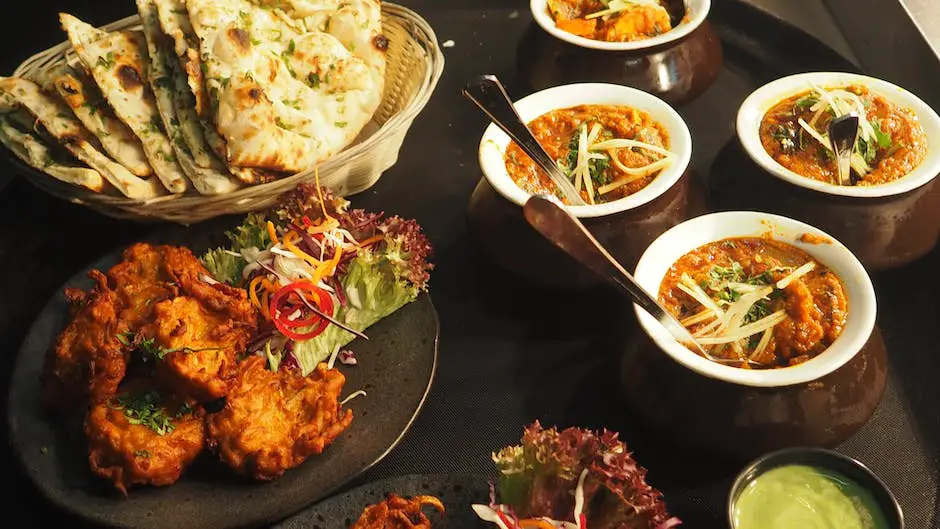
Influence of Scandinavian Christmas on the World
The Global Impact of Scandinavian Christmas
The influence of Scandinavian Christmas traditions stretches far and wide, most notably seen in the global adoption of the Christmas tree. Though the custom of using an evergreen tree as part of Yuletide celebrations has its roots in Germany, it was given a new dimension by the Scandinavians. The simplicity of Scandinavian Christmas trees, adorned with straw hearts, wooden figures and tiny Danish flags, stands in stark contrast to the extravagance seen elsewhere.
People around the world have embraced this understated yet charming approach to decorating Christmas trees, a testament to the pervasive influence of Scandinavian culture. While this influence is particularly pronounced in Nordic and Central European countries, it has also found its way to various corners of the globe.
Santa Claus and Scandinavian Yule Goats
Scandinavian traditions have also shaped the character of Santa Claus. The Swedish figure of Jultomten, a gnome who lived under the floorboards and handed out gifts during Christmas, can be seen as an early parallel to Santa Claus. Additionally, the Finnish character Joulupukki, originally a Yule Goat figure, has evolved into a Santa-like figure who gives out presents to children.
Over time, these regional characters have transformed, influenced by each other and other international characters like the British Father Christmas and the American Santa Claus. This cross-cultural exchange has resulted in the universally popular character of Santa Claus, known and loved by children around the world.
Scandinavian Influence on Christmas Carols
Denmark, a Scandinavian country, has given the world one of the best-known carols, “Good King Wenceslas.” While the carol is set in the context of the Feast of Stephen, it is popularly sung during Christmas. Scandinavians also have a tradition of singing “julvisor”, or Christmas songs, during the Yuletide season. Some of these songs have been translated and incorporated into carol services around the world.
Scandinavian Christmas Market
The tradition of Christmas markets, common in Scandinavian countries, has spread to many parts of the world. These bustling markets, filled with ornate crafts, delicious food and exciting rides, are a key part of the holiday season in Scandinavia, and have become increasingly popular in other countries.
To sum it up, Scandinavian Christmas traditions have greatly influenced the way Christmas is celebrated globally. Whether it’s through the simplicity of the Christmas tree decorations, the evolution of Santa Claus, the popularization of specific Christmas carols or the festive atmosphere of Christmas markets, the Scandinavian influence is clear. These holiday traditions traveled across borders and made their mark on the way the world experiences the joy of Christmas.
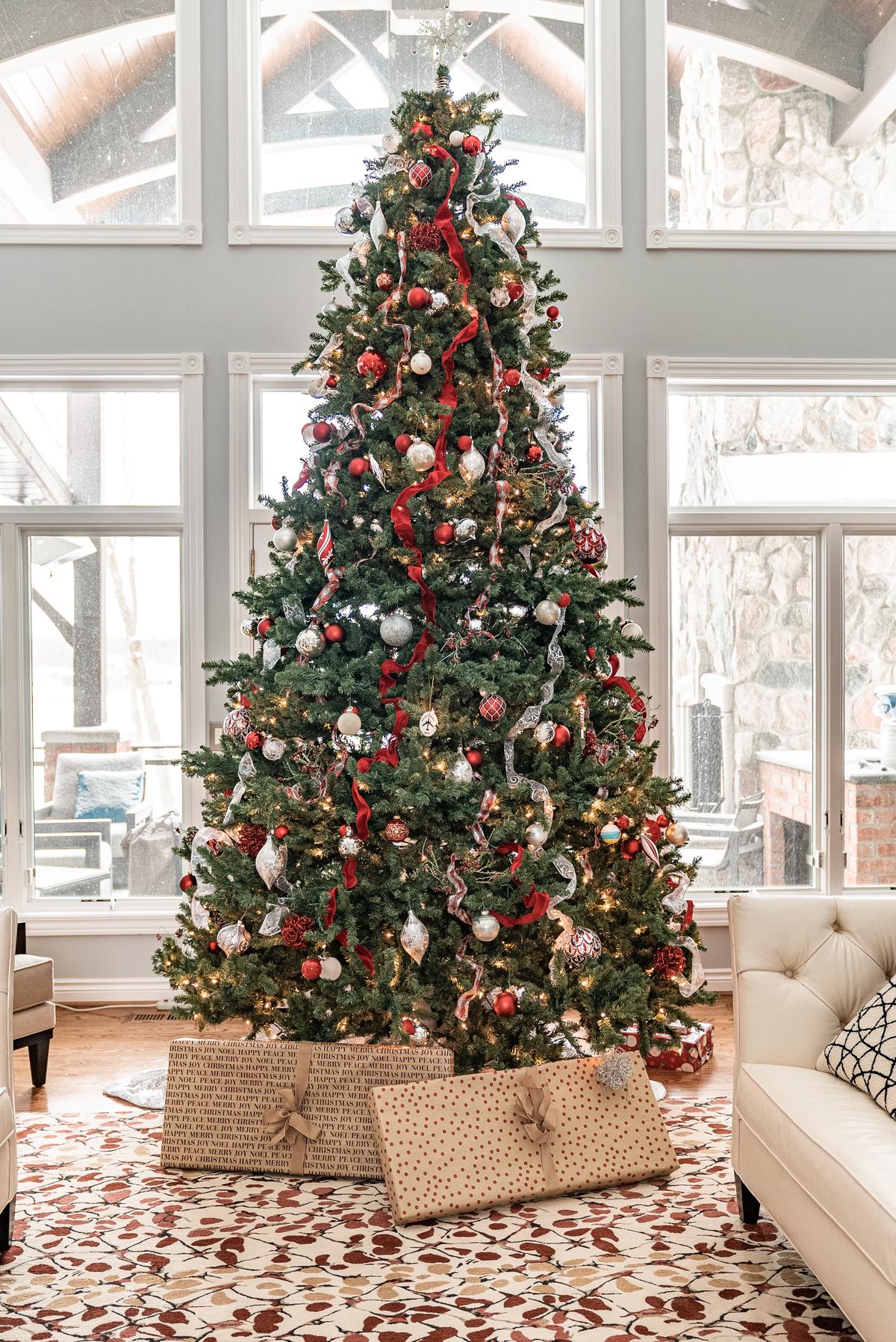
Photo by cameronstewart on Unsplash
Scandinavian Christmas and its vast influence are a testament to the blend of vibrant global cultural exchanges. The colorful customs, hearty dishes, and novel traditions have not only intrigued the world but also left an indelible holiday imprint, proving the region’s influence extends well beyond its geographical borders. From the evergreen Christmas tree adorning living rooms worldwide to the myriad decorations that exude holiday cheer, the Scandinavian influence is undeniable. It’s indeed fascinating to witness the traditions of a region with a harsh, dark winter adding such warmth and brightness to the universal celebration of Christmas. So as you sip on your next cup of Glögg or pass by a beautifully lit Christmas tree, remember the sparkle of Scandinavian Christmas that adds a unique luster to our global tapestry of holiday celebrations.

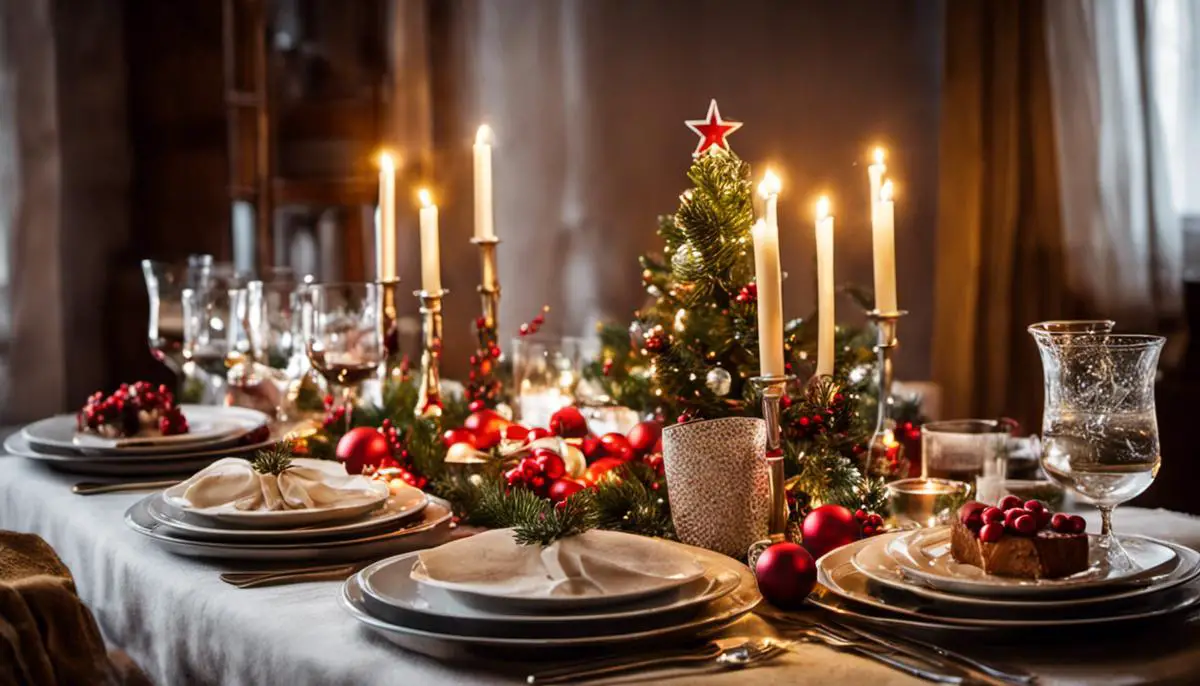
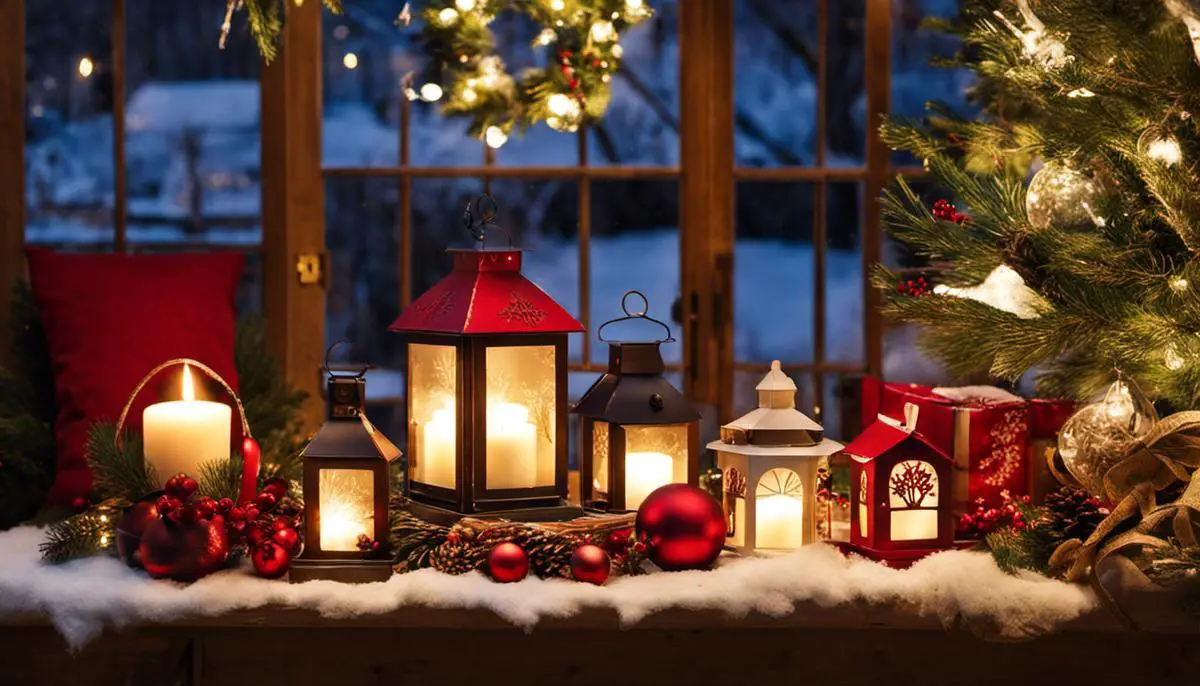
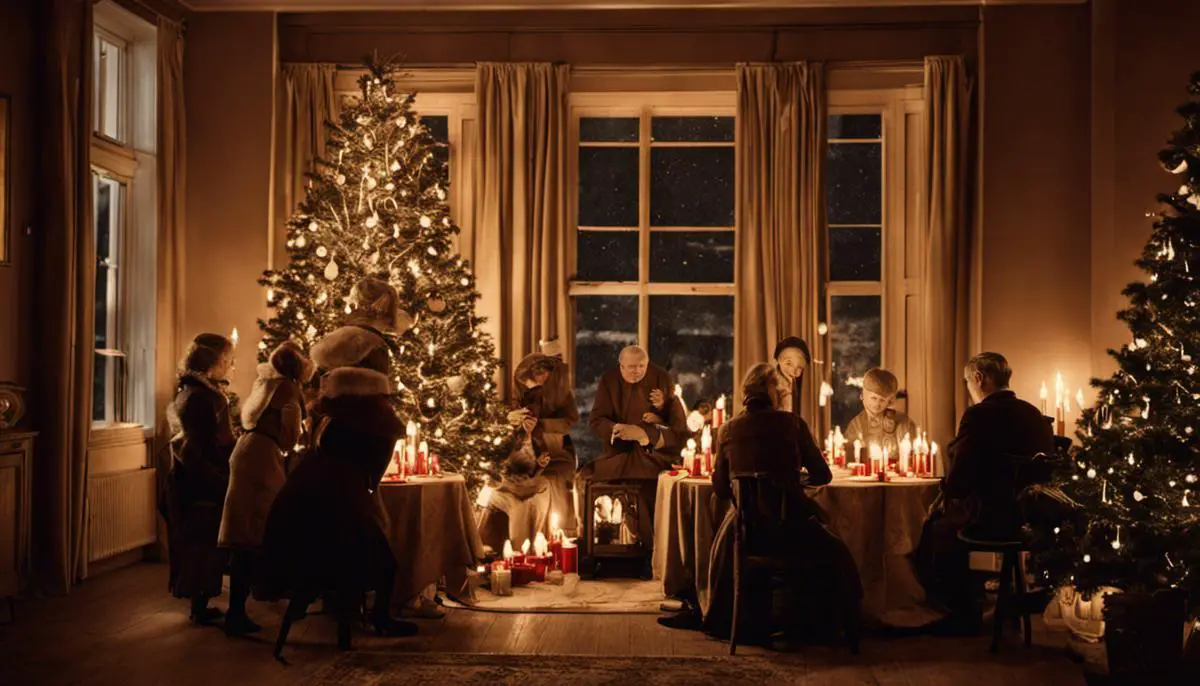
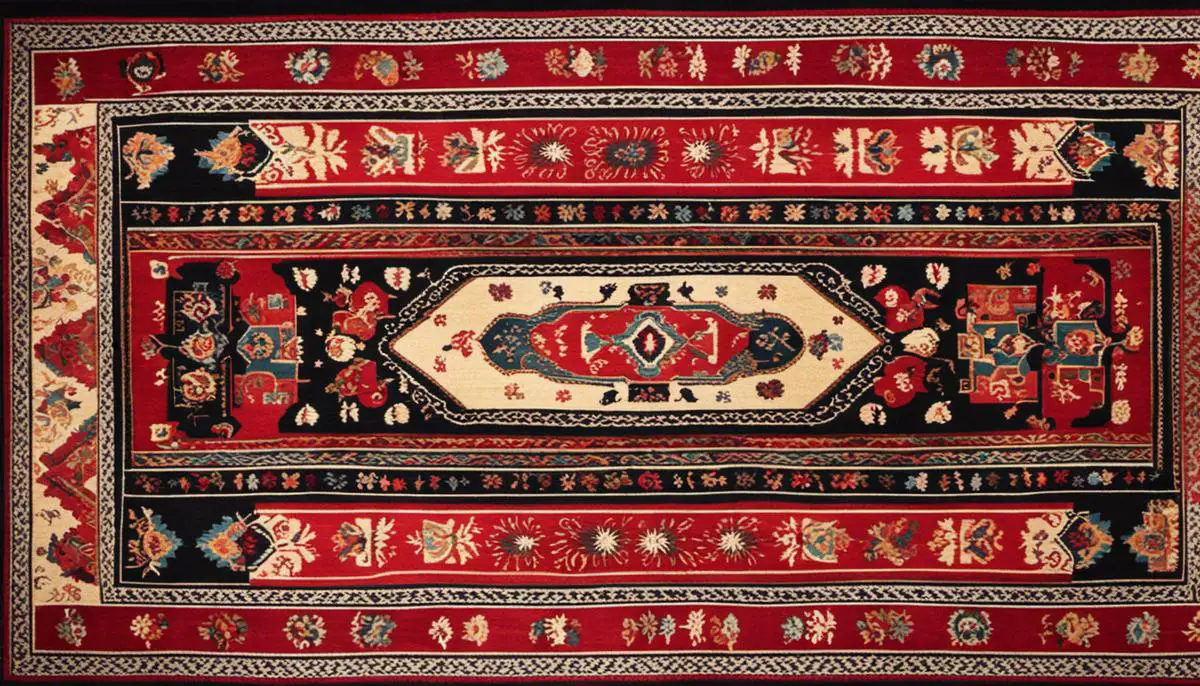
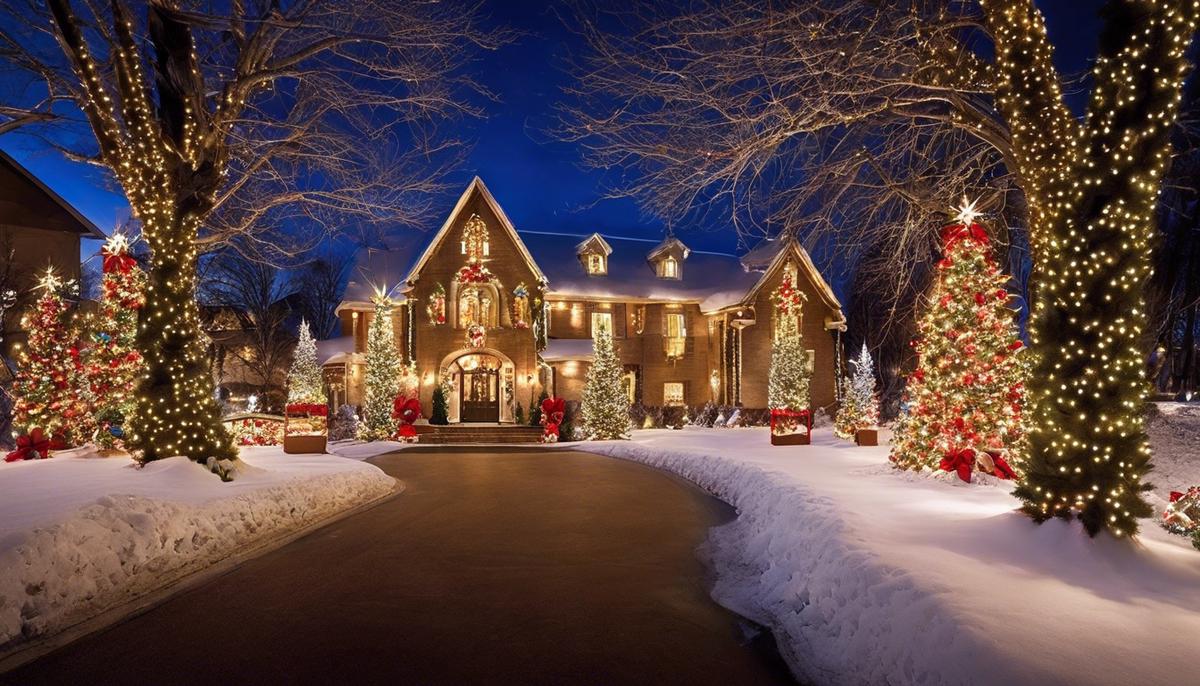
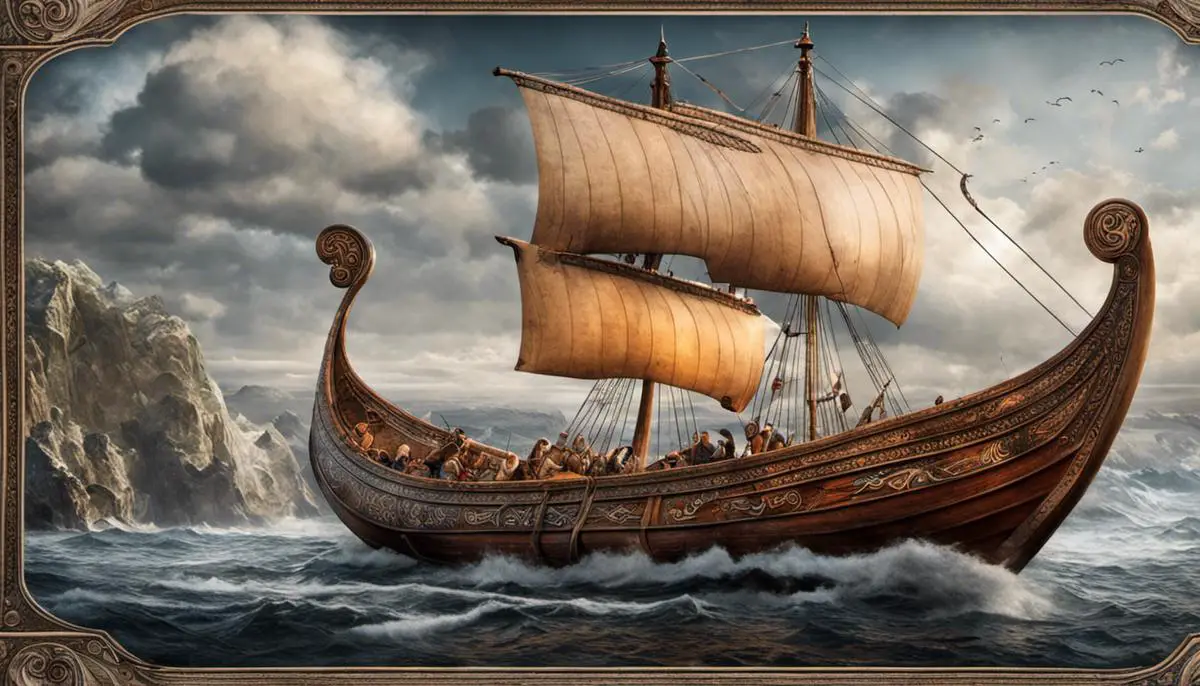
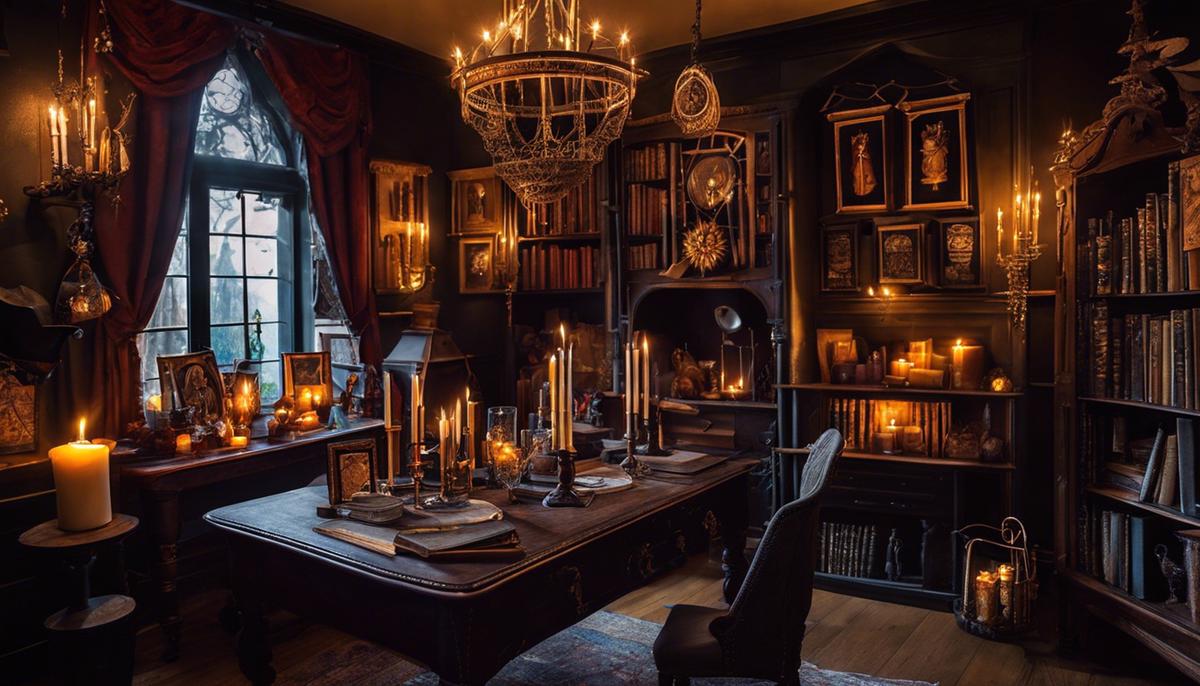
Leave a Reply